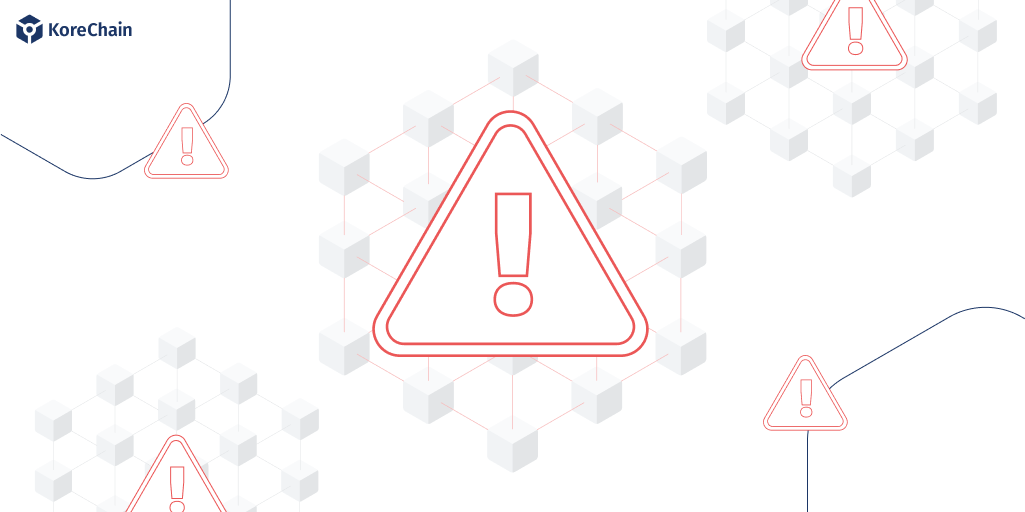First we had Chaos
The collapse of FTX has revealed the inherent chaos in the financial and capital markets. In the weeks and months to come, we will have better clarity on what really happened at FTX. However, regardless of the actual details, one thing remains clear: the financial markets are subject to various types of uncertainties: economic, demand shifts, competitive pressures, global events, and acts of nature. The one type of uncertainty that is in our control is the integrity and credibility of its participants. Emerging details of the shenanigans of FTX reinforce the idea that incompetence and unethical behavior is frequently hidden in the complex organizational structures and revenue-share arrangements between the underlying entities.
Innovations in the cryptocurrencies and various digital assets emphasize the need for clarity. These innovations have introduced radical new business models. They have promised frictionless transactions without intermediaries. However, such promises require clear-headed analysis, since it is generally very difficult to disintermediate risk. Since the crypto space has been plagued by scandals involving hacking and fraud, it is difficult to differentiate between genuine mistakes and deliberate criminal activity.
The foundational philosophy of the cryptocurrency markets is privacy and anonymity. While this is laudable from one perspective, it also creates lack of transparency. Much of the regulation in the financial markets exists to promote separation of concerns, mitigate risk, and provide safeguards. By seeking to eliminate such regulation by claiming that it is onerous and intrusive, the crypto world eliminates all of the advantages of regulation. This lack of clarity and lack of regulatory oversight has encouraged bad actors to engage in fraudulent activities, from theft, front-running trades, collusion, Ponzi schemes, insider trading, and market manipulation. FTX is only one, though the largest, of highly questionable models that includes a Byzantine mess of relationships, organizational structures, and rapid and complex transactions, apparently with a view to dazzling any cautious investor from unraveling the truth.
Since the private capital markets are private, it is all the more important to be more transparent than ever. Without this clarity, investors find it hard to understand what they are investing in, to monitor the continuing prospects of the company, and the nature of the risks they are taking. This is especially true of private markets since the very nature of private markets results in complex financial structures that are not subject to the same level of due diligence, analysis, and public disclosure as the public markets.
What can be done to improve clarity in the private markets? It is a combination of regulatory reform and self-governance. While the SEC and FINRA are moving in the right direction, private market participants can do much more on a voluntary basis. For example, partners in the private market ecosystem should disclose revenue-share arrangements, since these may result in conflicts of interest. The participants who are directly regulated by FINRA and SEC, such as the broker-dealers and securities attorneys should adopt a more fiduciary attitude and desist from revenue-share or commission arrangements between themselves. Their fee structures should reflect their agnosticity and keep the interests of their clients foremost in their mind. The issuers, auditors, KYP providers, and other parties entrusted with the examination and communication of various risks in the investments should go the extra mile in their due dilegence. Since the private markets offer more opportunities for innovation in business models, the participants should desist from “testing the waters”, which is a euphemism for trying to sneak questionable business practices past the regulators, hoping for nothing worse than a token slap on the wrist when detected.
The participants should also subscribe to a code of ethics. This should include not only desisting from harmful practices but also self-policing each other in a constructive and proactive way. Participants should create safety nets in case of errors. They should act much more conservatively, perform greater due diligence, and adopt a stronger sense of fiduciary duty than the minimum necessary for regulatory compliance.
One way to increase clarity in the private capital markets is to implement better disclosure requirements for private equity and venture capital firms. This can include requiring firms to provide regular financial reports and disclosures, such as regular updates on the performance of the investment and any potential risks. Additionally, regulators could require private equity and venture capital firms to make certain disclosures, such as information about their investment strategies, conflicts of interest, and any related-party transactions.
Another important step in increasing clarity in the private capital markets is to improve the quality and accessibility of data. This can involve collecting and publishing data on the performance of private equity and venture capital investments, as well as data on the financial health and stability of the firms that manage these investments. This data can be used to help investors better understand the risks and opportunities involved in private capital investments.
Finally, it’s important to create a regulatory framework that promotes clarity and transparency in the private capital markets. This can include setting standards for financial reporting and disclosures, as well as implementing rules to prevent fraudulent activities. Regulators could also implement measures to ensure that private equity and venture capital firms are operating in a manner that is consistent with investor protection and market stability.
In conclusion, clarity in the private capital markets is essential to ensuring that investors are able to make informed investment decisions and to build trust in the market. The prevalence of scandals in the cryptocurrency space highlights the need for clear and transparent practices in the private markets, including improved disclosure requirements, better data, and a strong regulatory framework. By taking these steps, we can help to promote a more stable and trustworthy private capital market for all investors.







